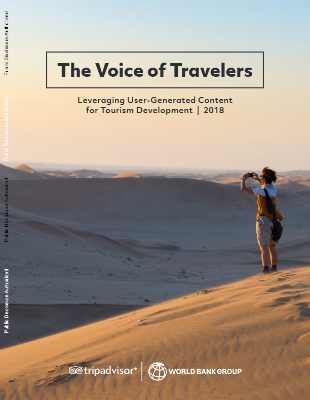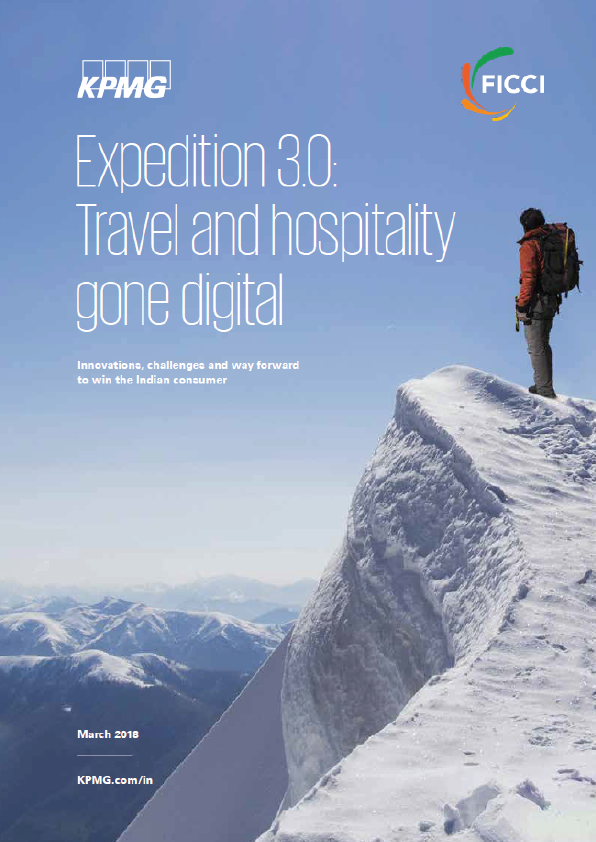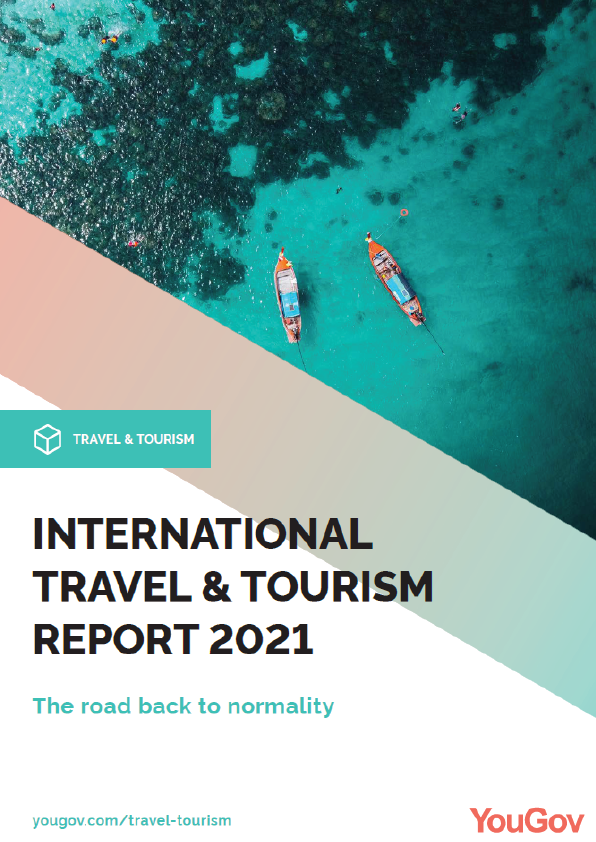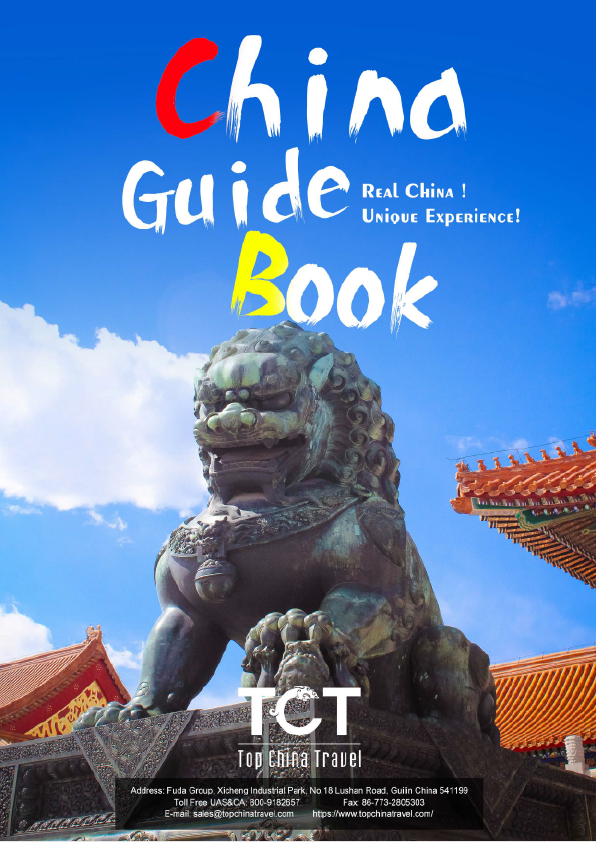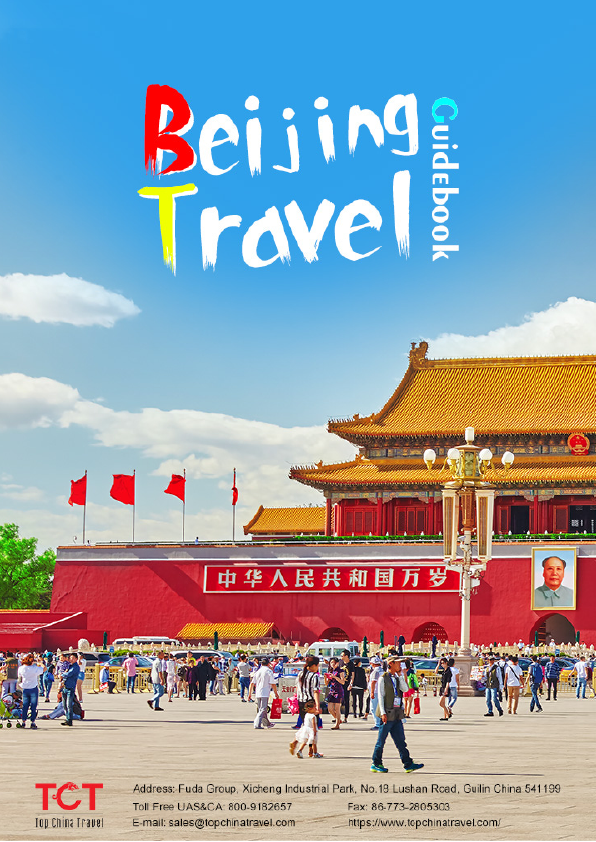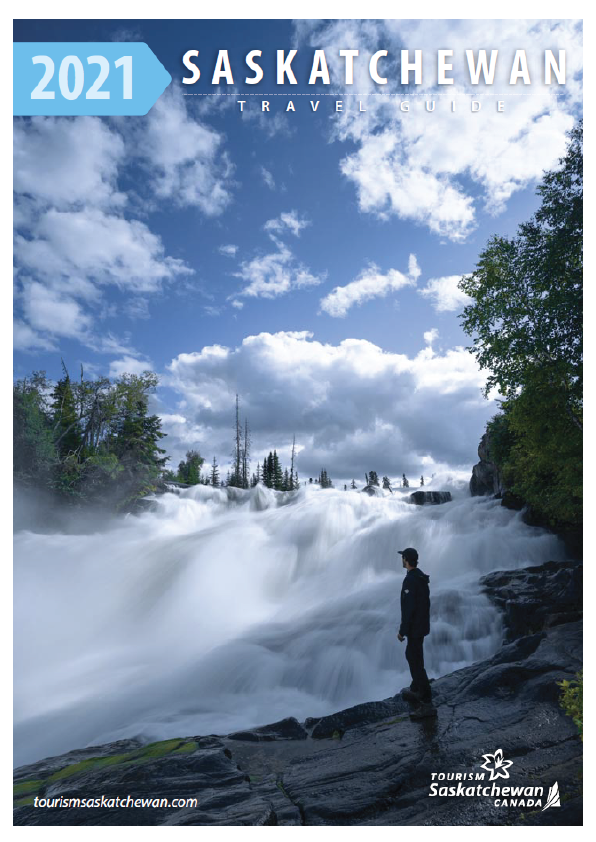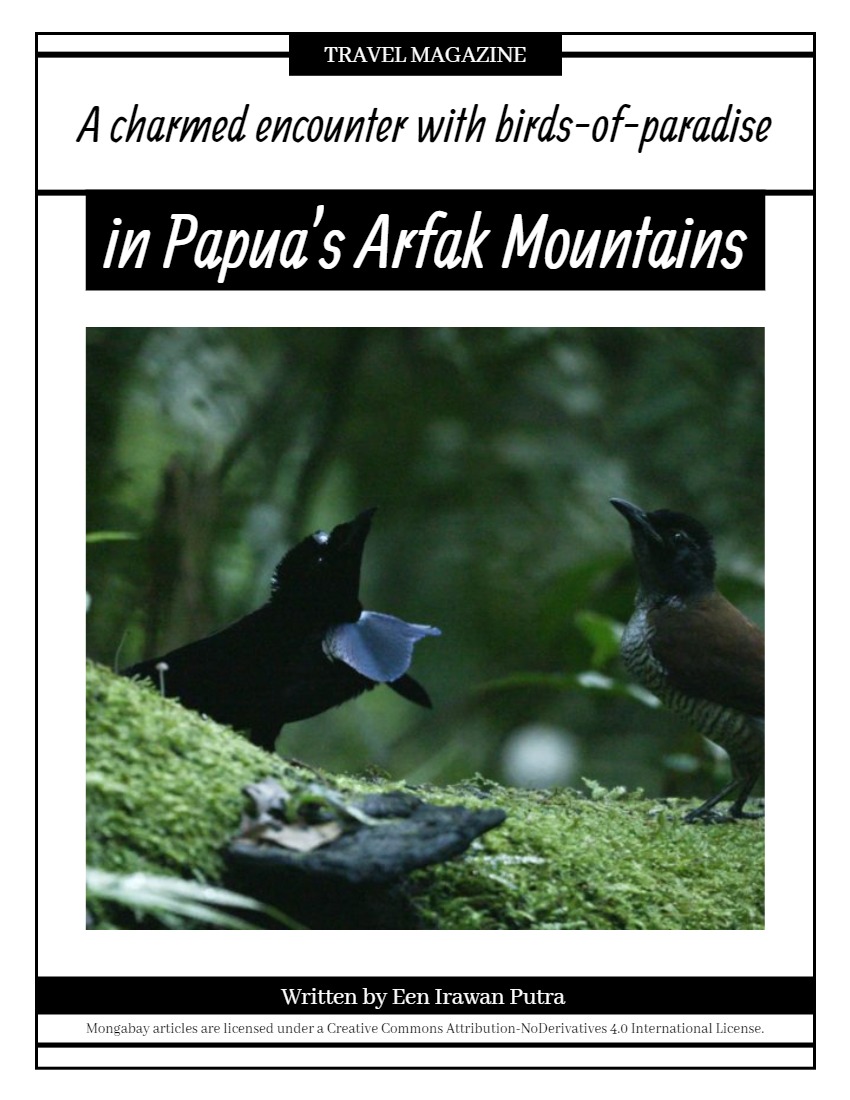Tourism is growing faster than ever before in emerging and developing economies. In just 10 years, the tourism landscape has changed completely. Digital platforms are changing the way travel is traditionally researched, bought, sold, experienced and shared. Facilitated by digital platforms, user-Generated Content (UGC) is fast becoming the most important and widely used source of travel information. This impacts the traveler’s path to purchase and disrupts established travel agencies, guidebooks, conventional marketing approaches and star rating systems. It also presents new opportunities for developing destinations to leverage these platforms for big data and cost-effective performance improvements. The World Bank Group and TripAdvisor collaborated on this report to support destination management organizations and local suppliers to extract the most value from UGC, while avoiding its pitfalls. This body of work aims to highlight good practices and suggest tools to consider when building plans for managing online reputation. It also provides case studies that illuminate effective campaigns and investment. The report is intended for use by those involved in or responsible for the management and/or marketing of a destination or a tourism business, with a focus on the leisure-travel market.
The report identifies 10 reasons destinations and tourism businesses need to better understand the UGC landscape in order to leverage UGC to achieve stronger development outcomes:
- Drive Revenue
Marketing campaigns incorporating UGC have been shown to drive higher market efficiencies and bookings. For example, in 2017 TripAdvisor bookings alone made up US$546 billion of global tourism spend and US$80 billion additional spend, according to a study by tourism research firm Tourism Economics. The study also found that an increase in TripAdvisor reviews is followed by higher tourism demand. - Increase Access to Market
UGC platforms like TripAdvisor, Facebook, Google, Instagram and Twitter offer destinations and businesses an online presence and a direct connection with travel consumers through business accounts. - Leverage Consumer Content
Destinations and businesses can use the content created by consumers to market their own businesses. People trust their peers 12 times more than they trust brands, which is why brands use UGC in their campaigns. - Build Competence
Effectively managing platforms and content takes time, money, and specialized skills including writing, digital marketing, and public relations. Destinations often need to acquire different software platforms to manage content; there are legal implications of UGC use that must be carefully considered. - Monitor Performance
UGC can provide new and real-time data on consumer behavior, allowing destinations and businesses to improve their performance. Organizations can audit user-generated content to see what kinds of experiences travelers are interested in and what they post about. - Improve Quality
Feedback from customers allows businesses to improve their product offerings. Social platforms provide a forum for customers to provide feedback and raise issues without the social pressure of voicing concerns in person. - Predict Performance
Research has shown that review ratings are one of the most important predictors of hotel performance. - Benchmark competitors
UGC and public social media sites offer destinations and businesses the opportunity to benchmark against competitors and aspirational targets. Destinations can see how their competitors perform in different product categories and what other destinations travelers are considering. - Influence Online Image and Exposure
UGC impacts the way a brand or business is perceived and contributes to what some researchers call Tourist Destination Image (TDI), the image that a traveler has of the destination that is a composite of news, branding, user reviews, and other influences. - Measure Marketing Return on Investment
User-generated content is updated in real-time and can often reveal new data about a destination more quickly and cost-effectively than surveys or other forms of data. Destinations are always challenged with measuring the ROI of their marketing and management efforts, especially since they are not the end-providers of the travel experience.
